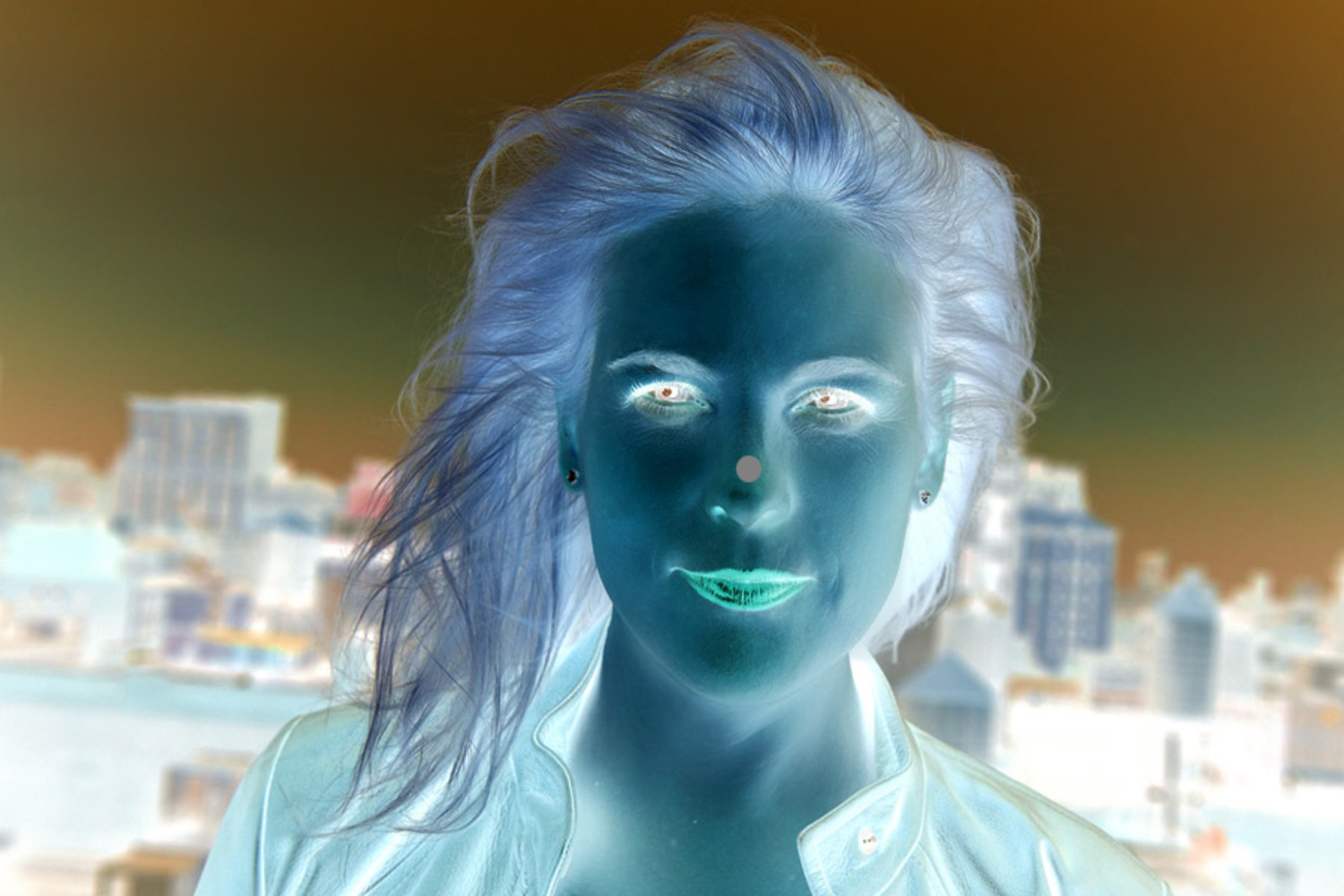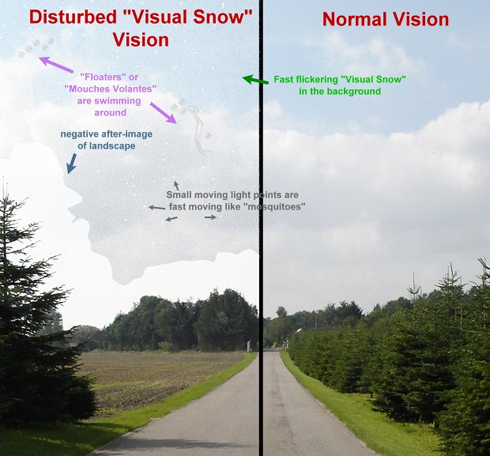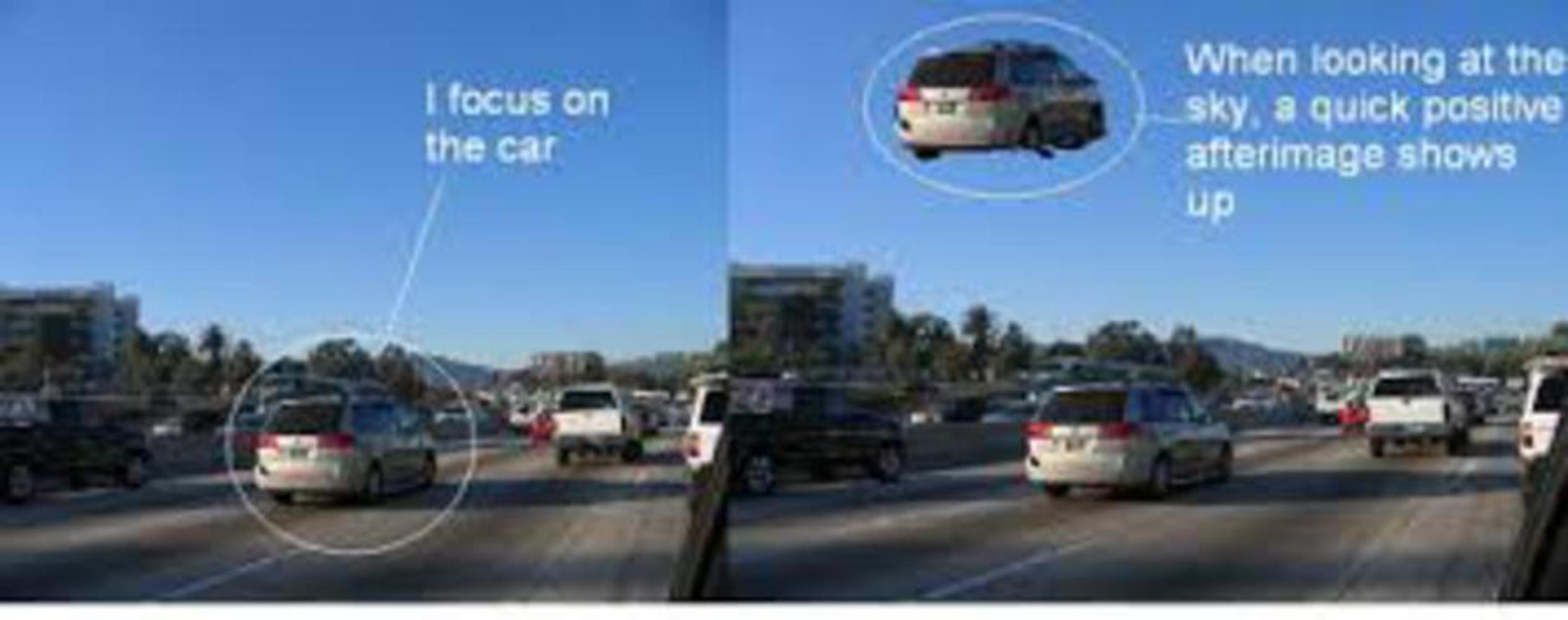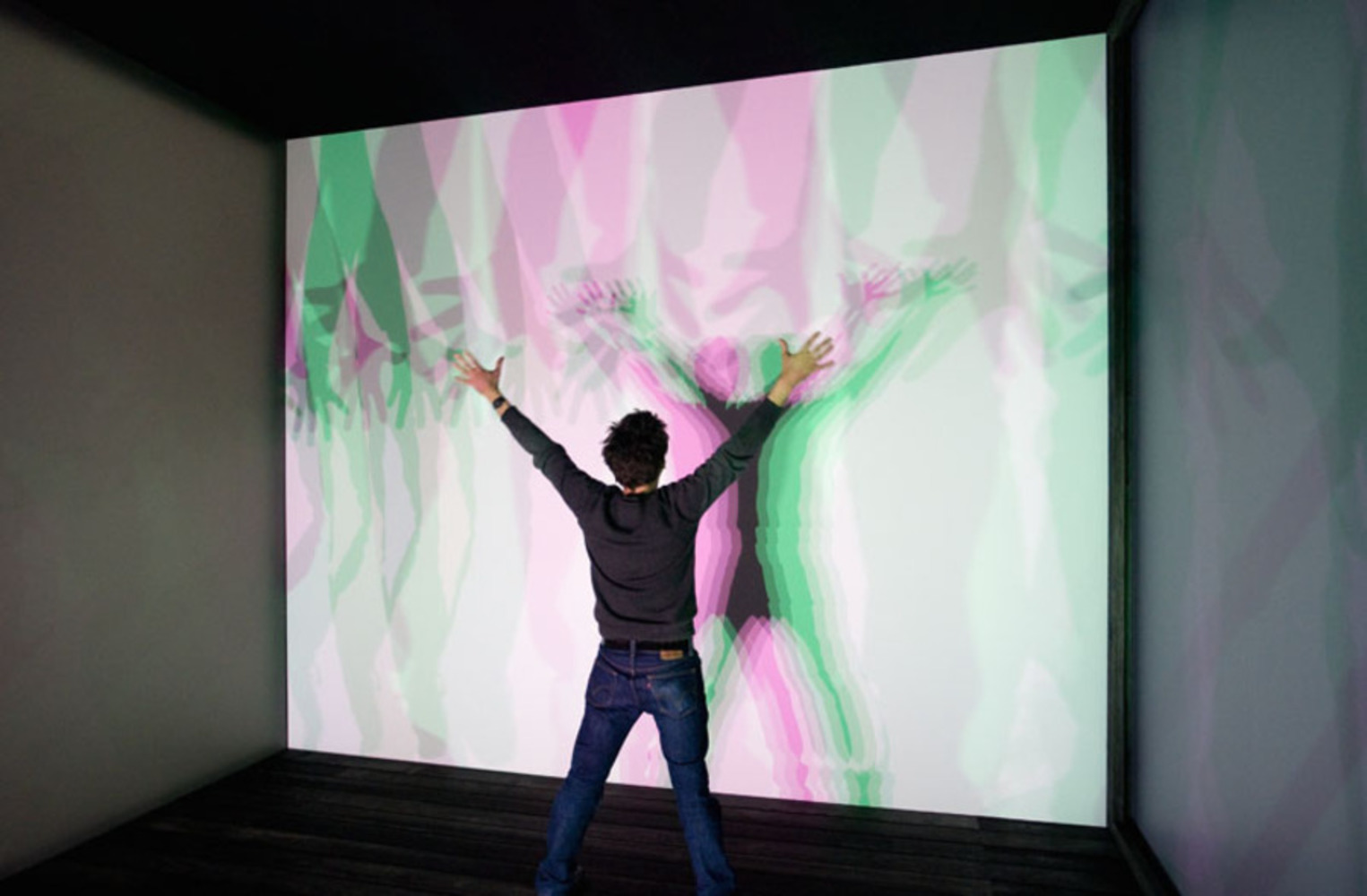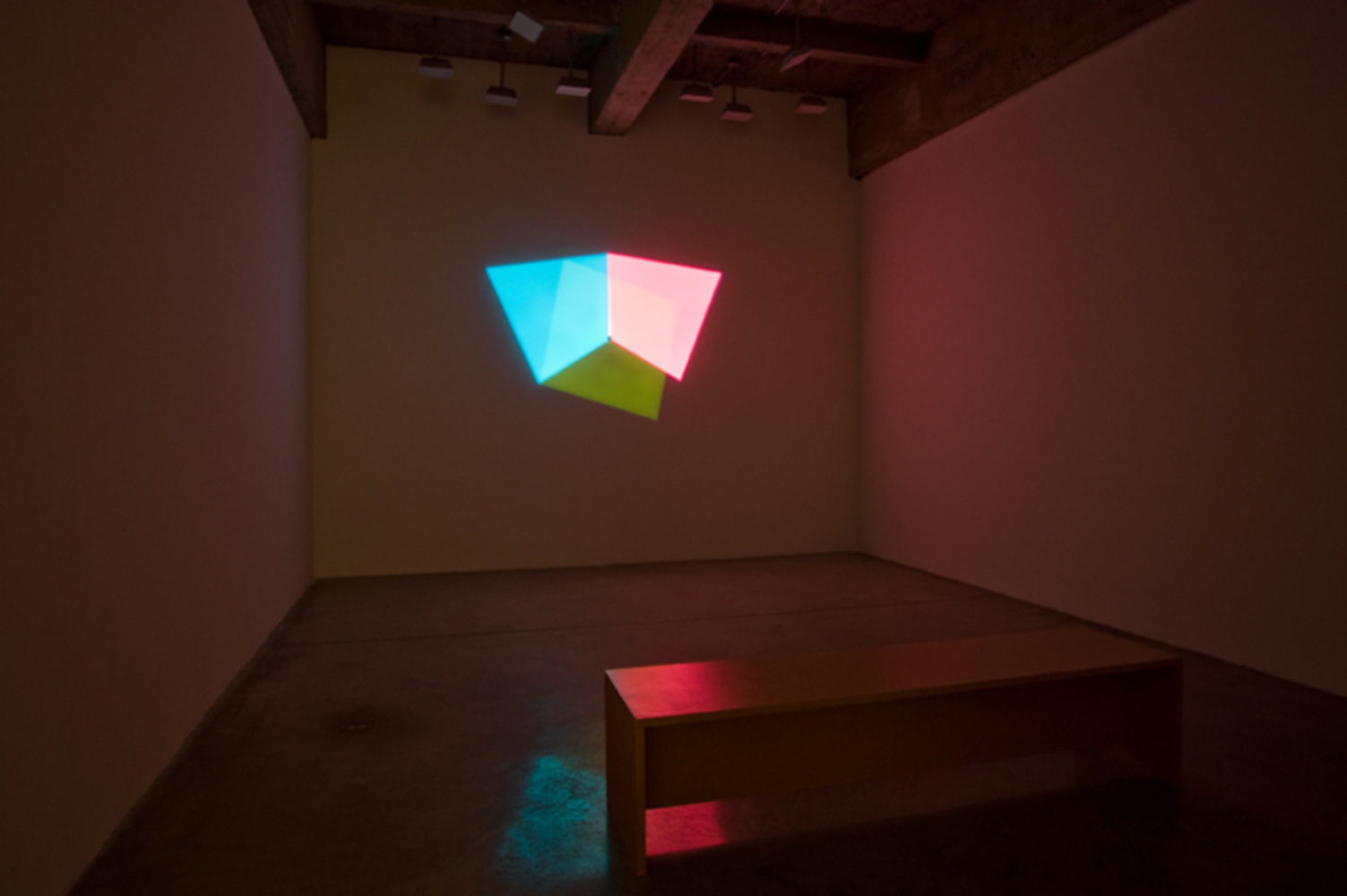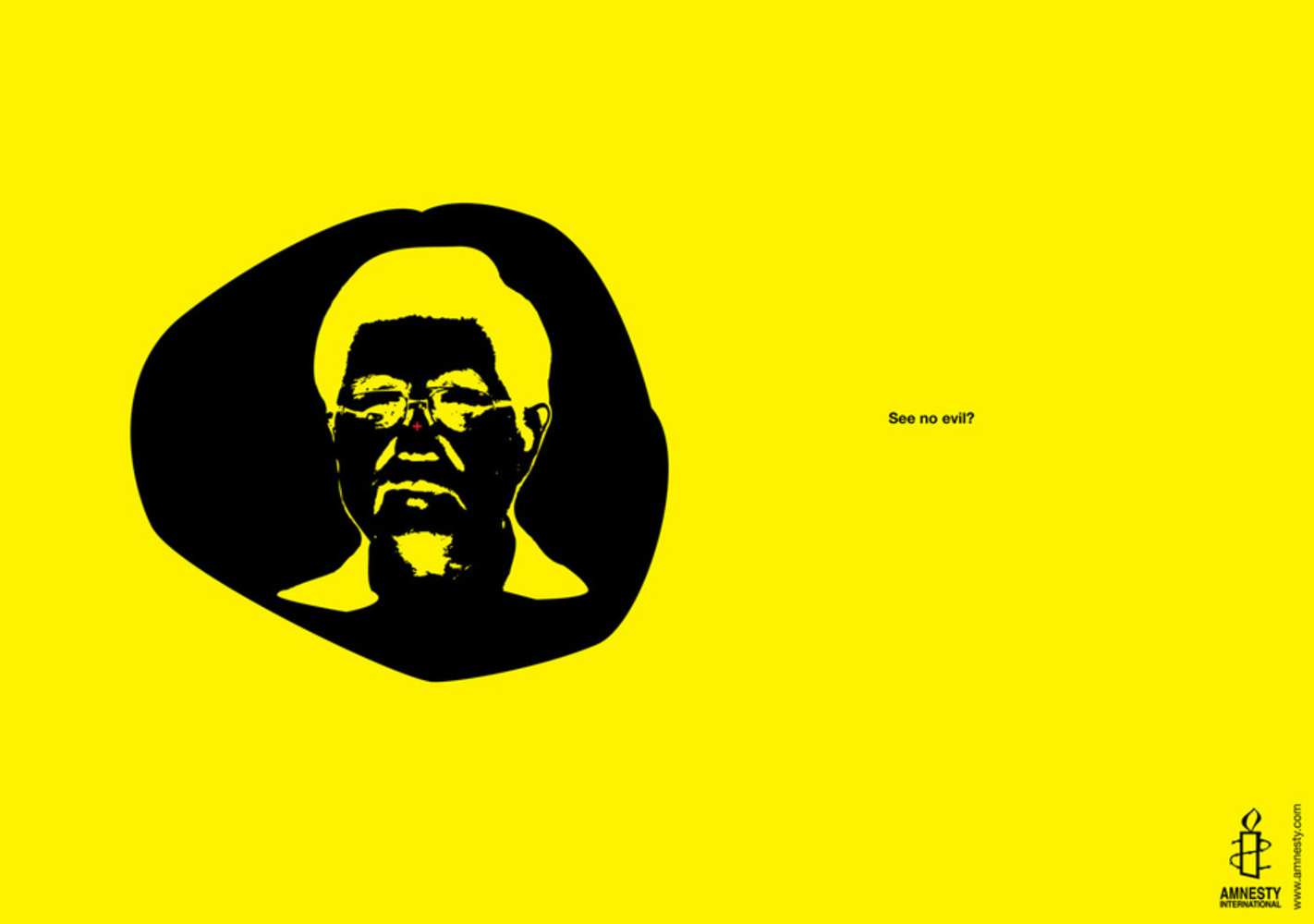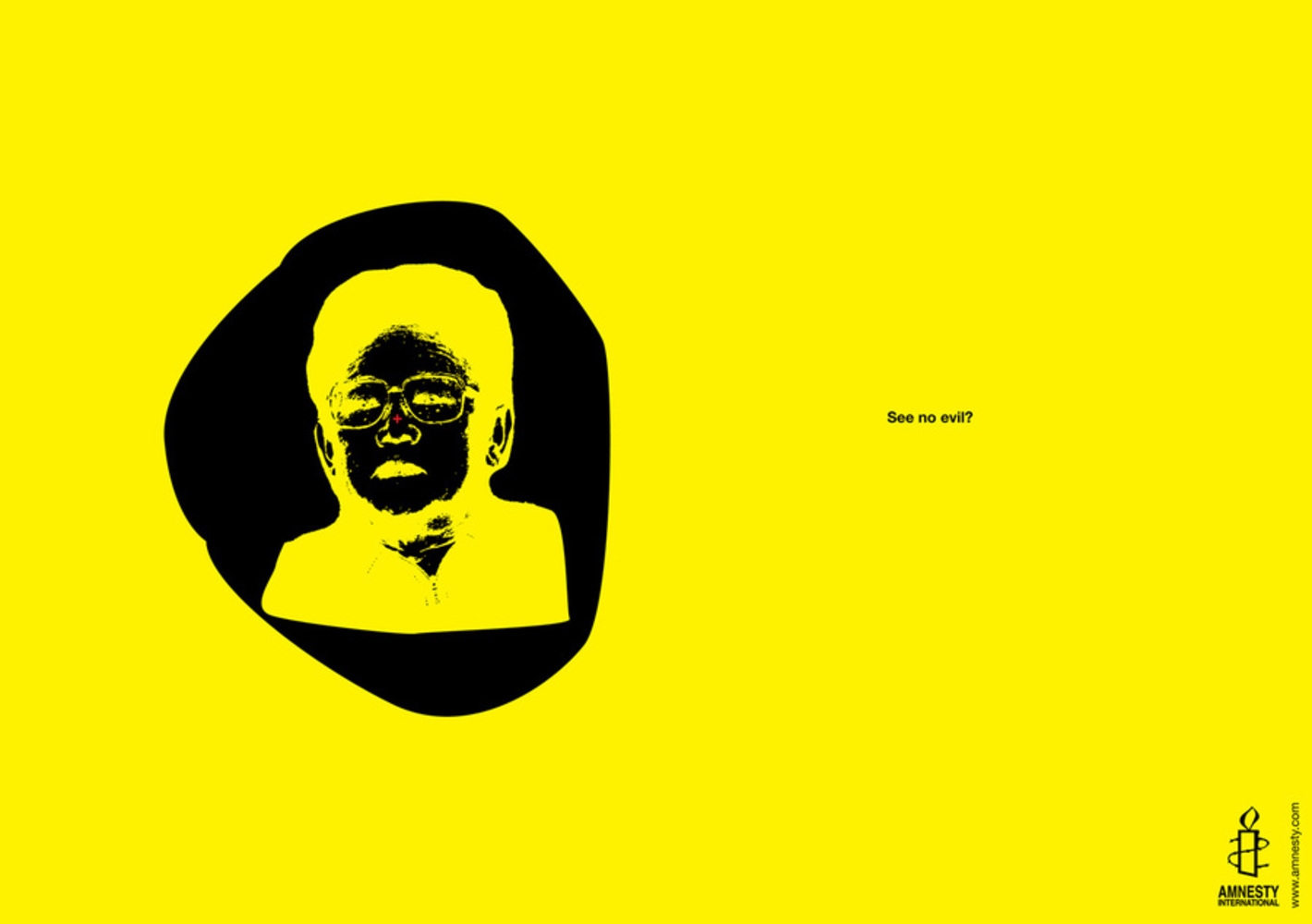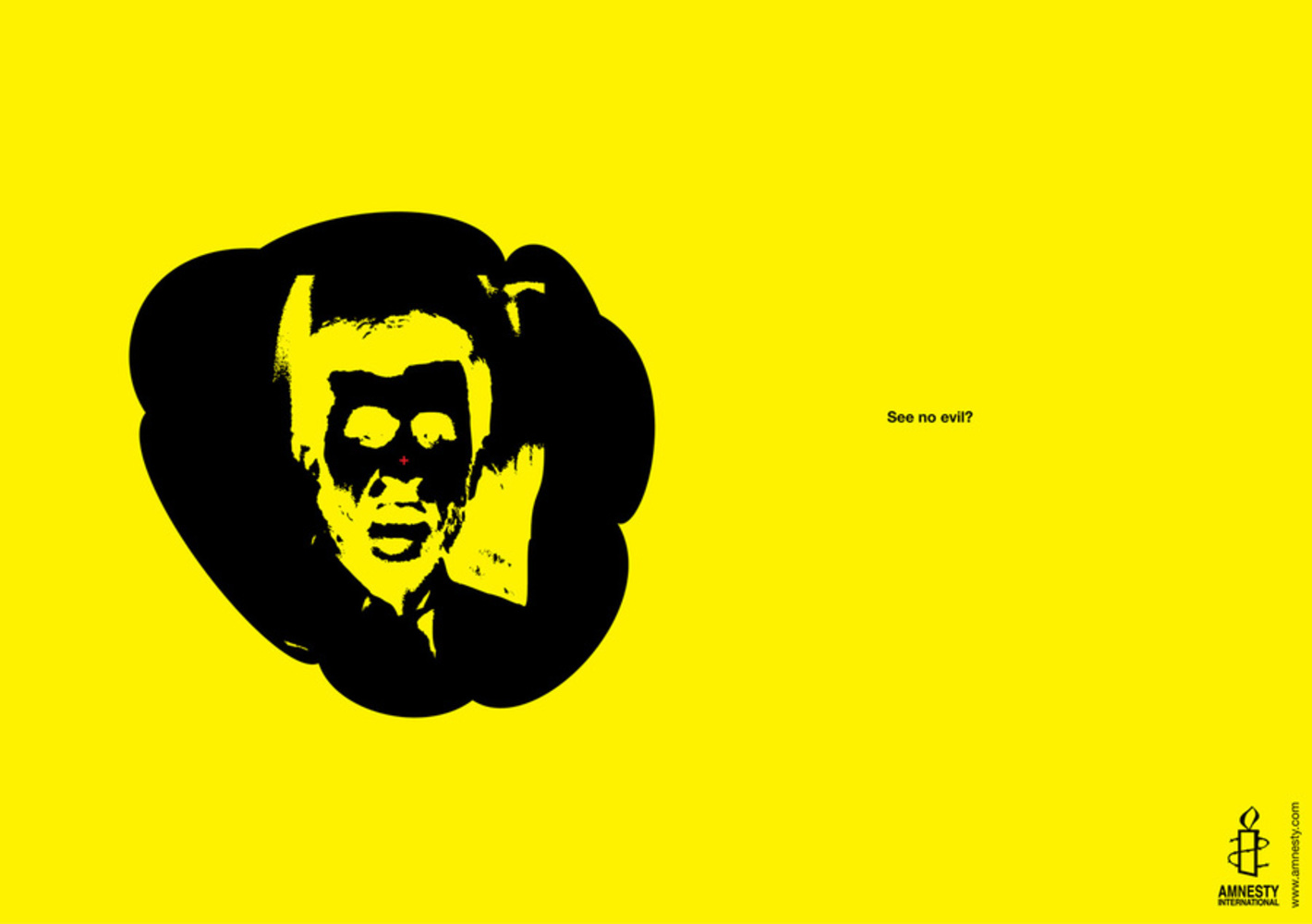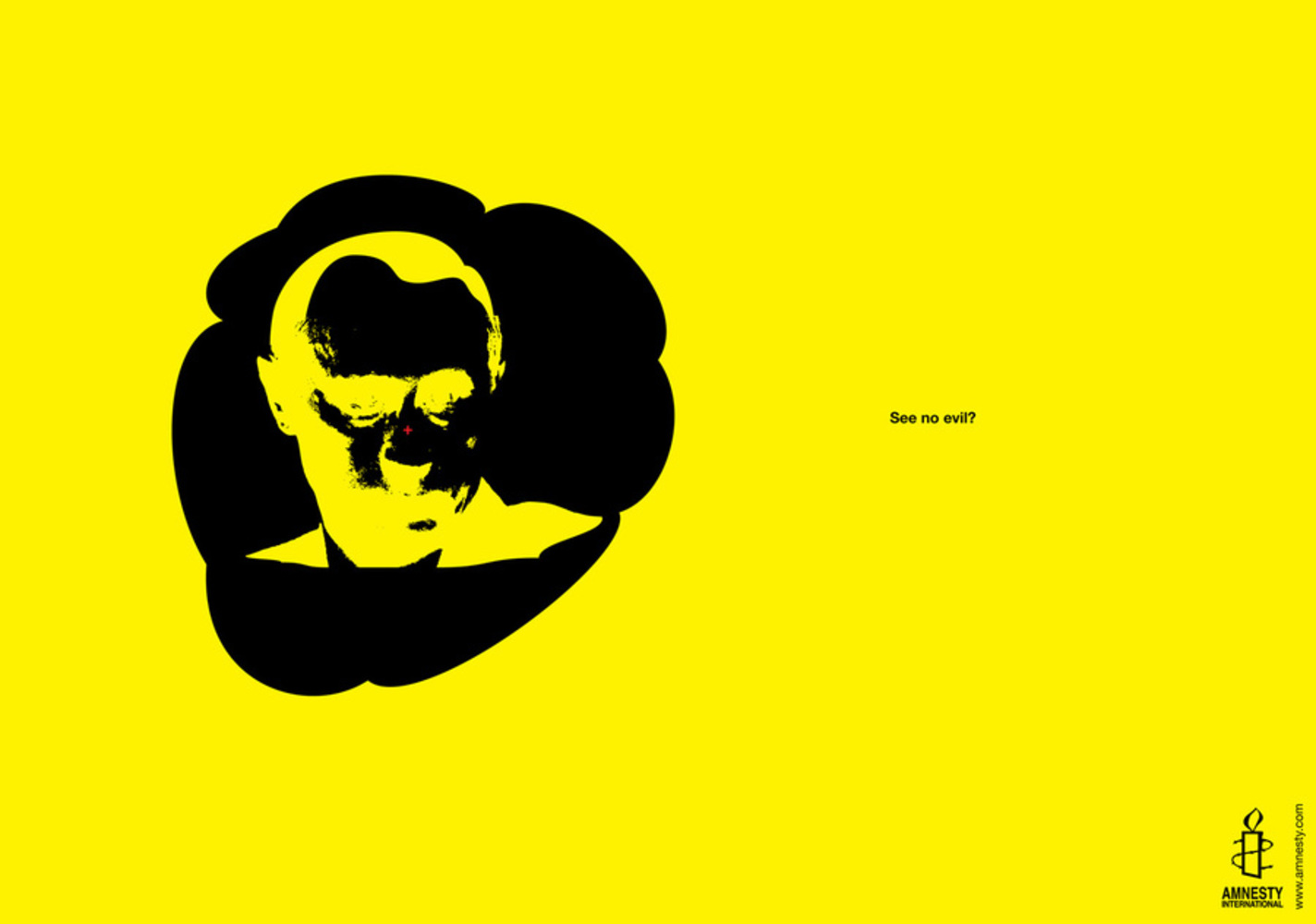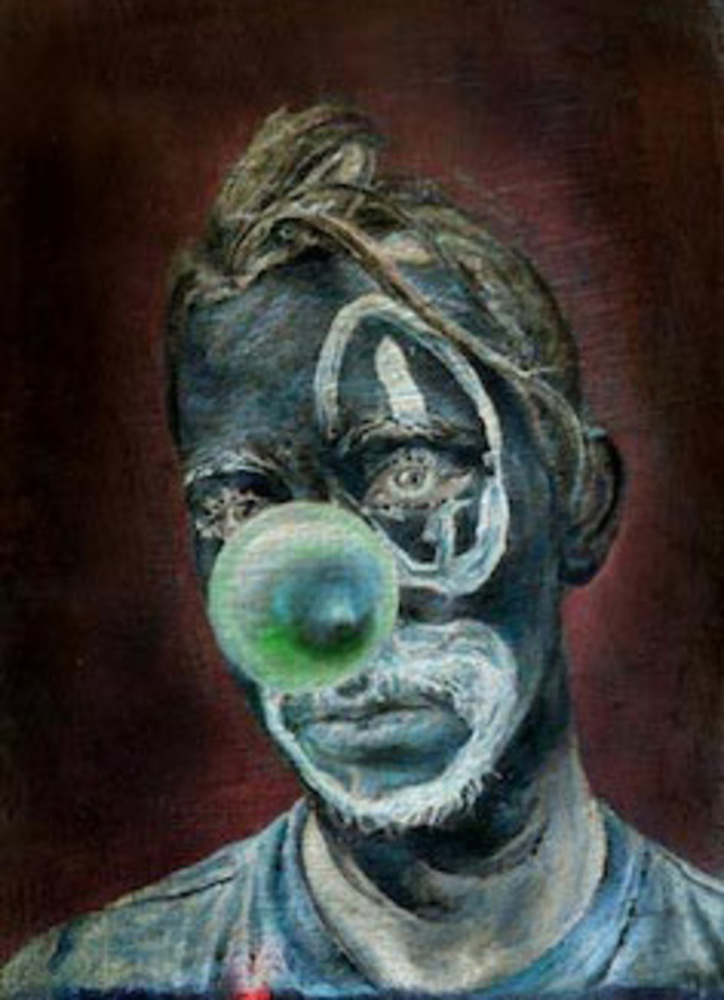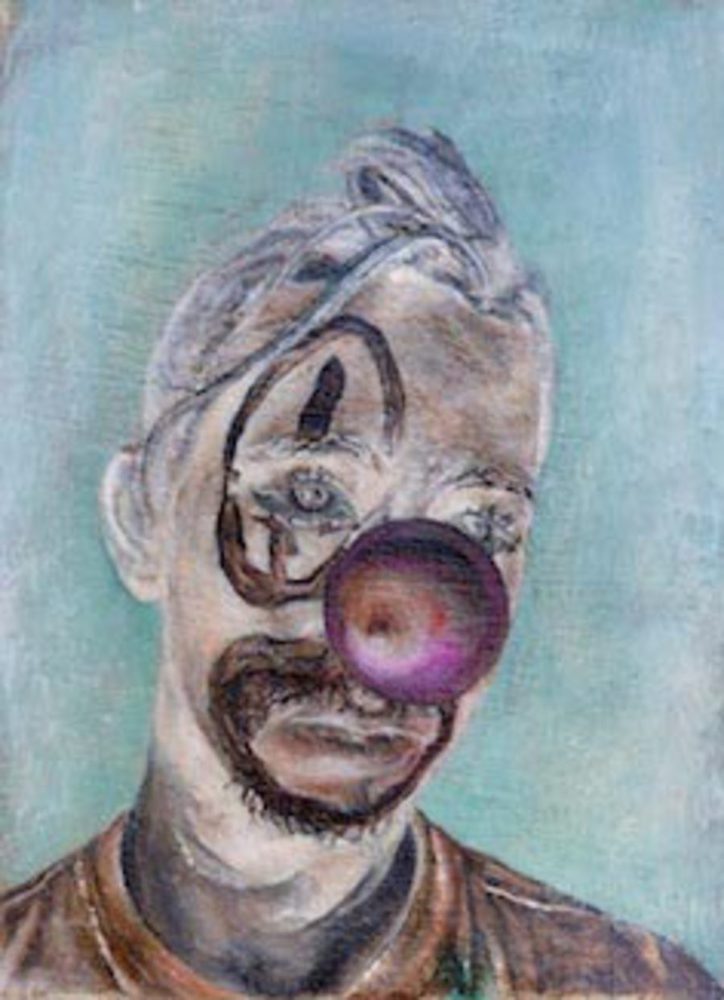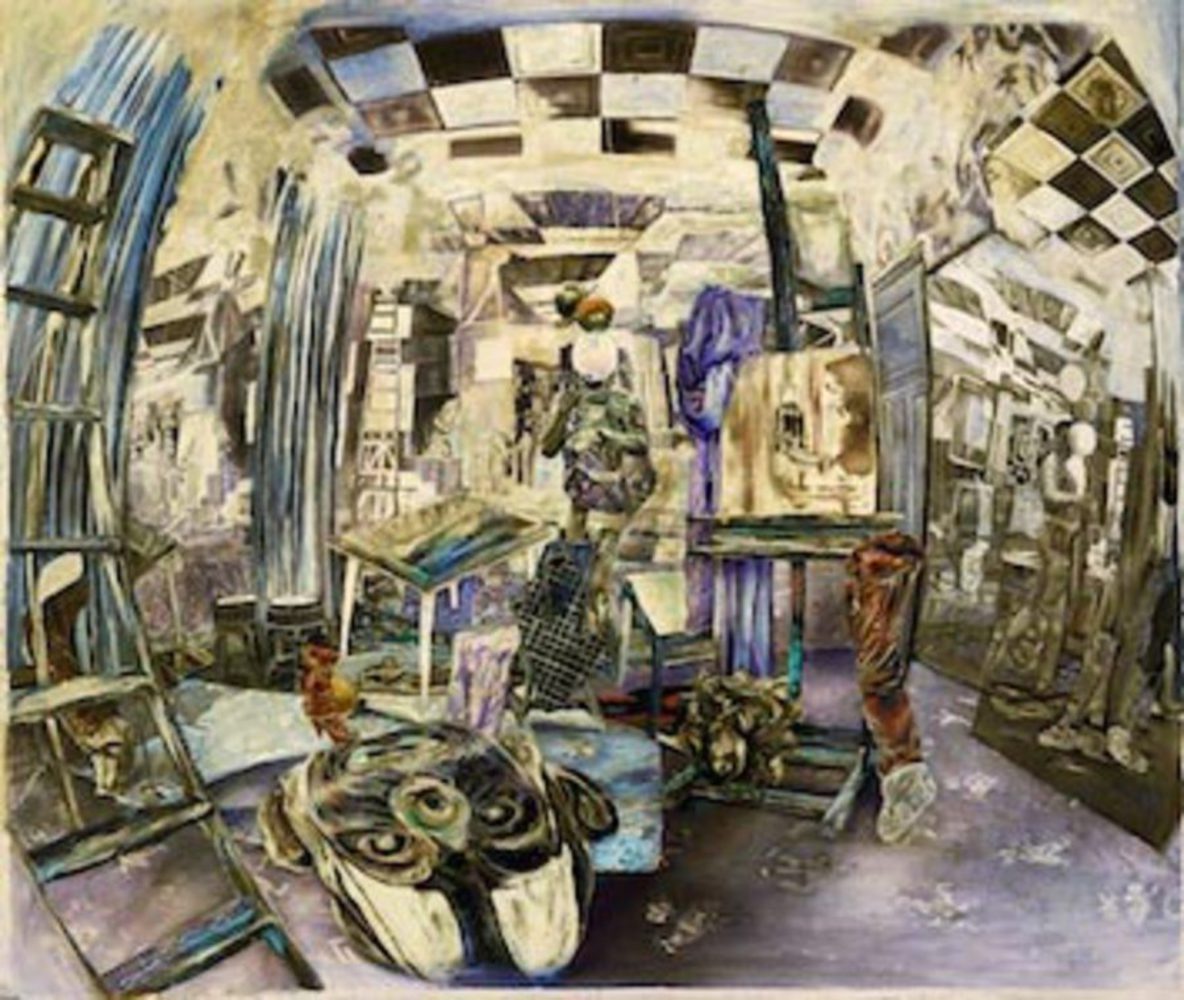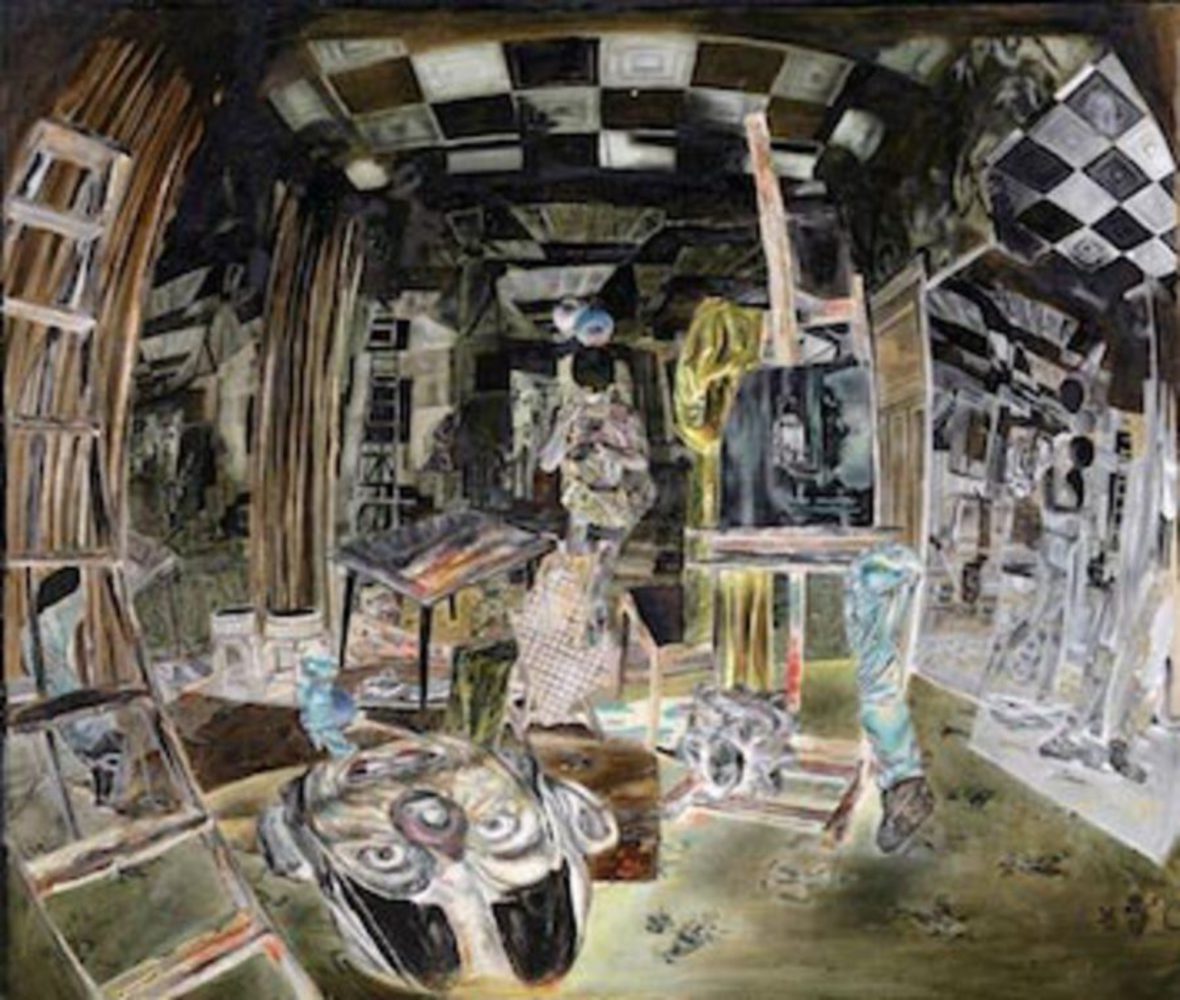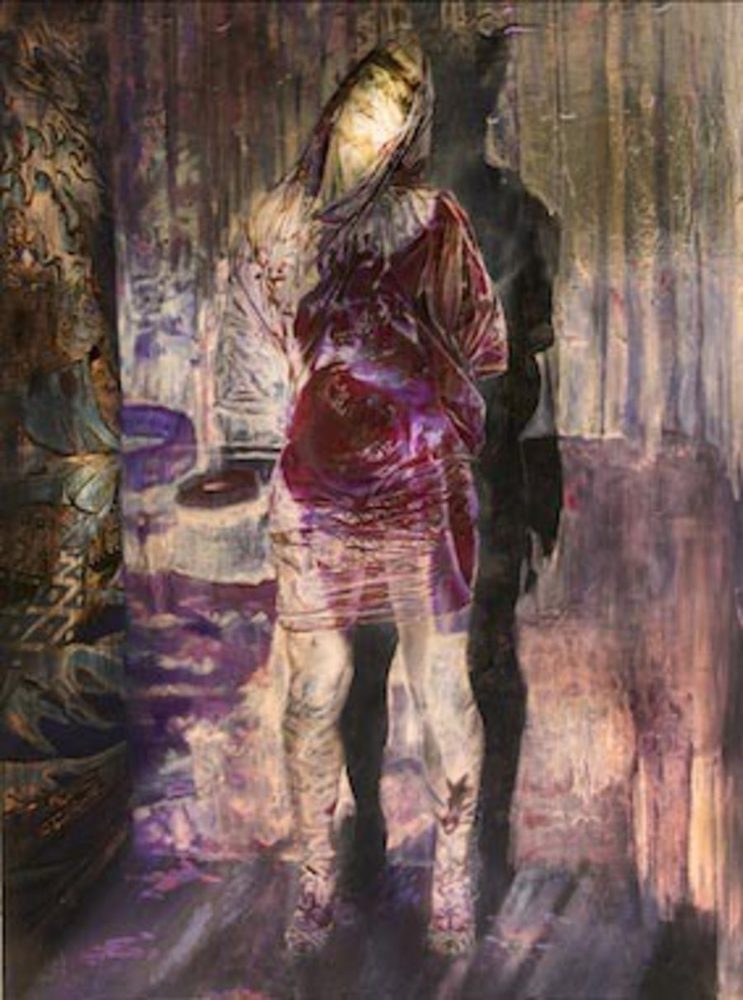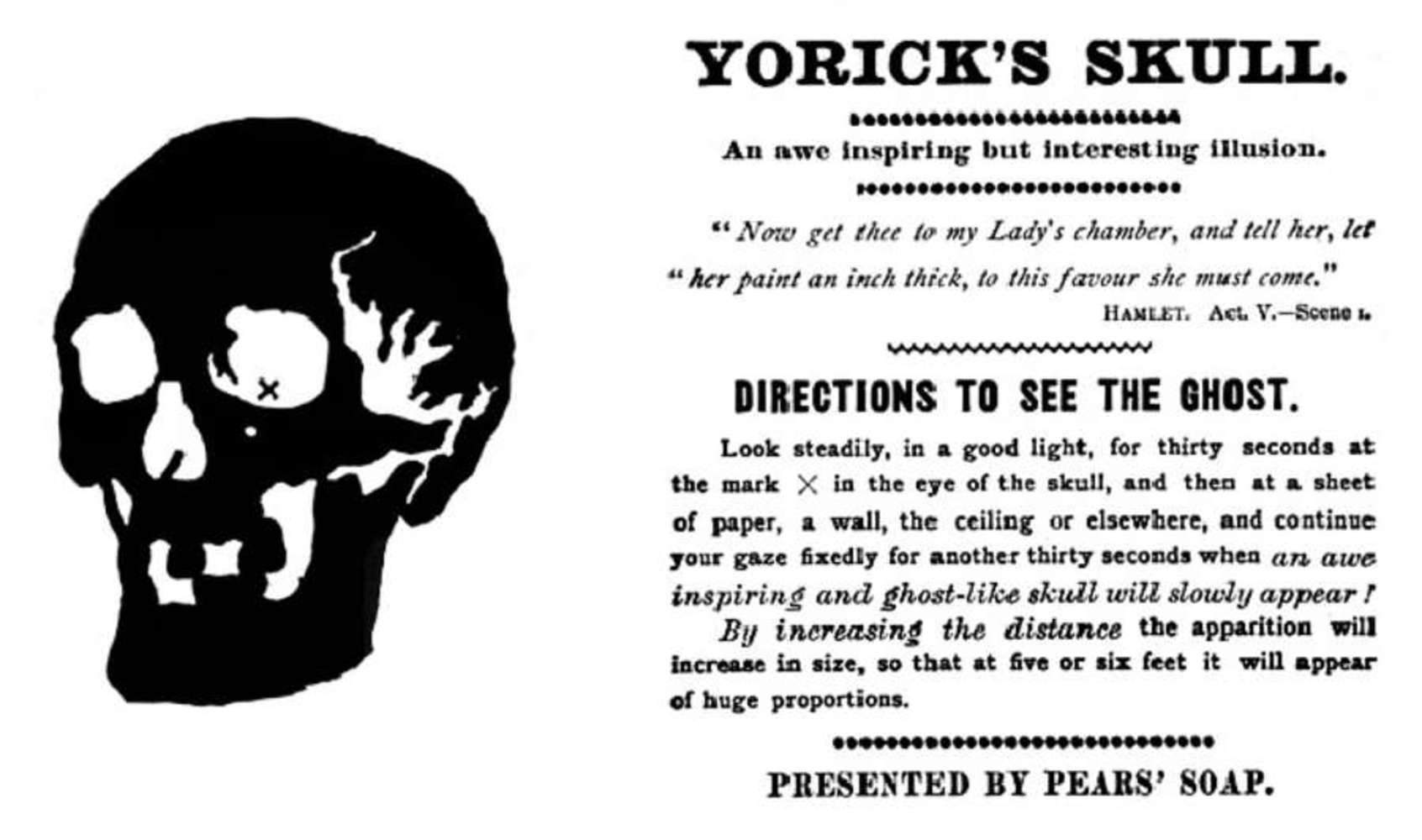Intention
An afterimage refers to an image that remains in your vision even after you are no longer exposed to the original stimulus. There are two types of afterimages: negative and positive.
Negative afterimages occur when our photoreceptors in our retina, known as rods and cons, adapt to overstimulation and lose sensitivity. More specifically, the microsaccades, or small eye movements that shift overstimulating images to new areas of the retina, are reduced when we fixate on a stimulus. The photoreceptors that are constantly exposed to this stimulus thus exhaust their supply of photopigment, decreasing signals to the brain. Thus, when we look away from the stimulus, the photoreceptors surrounding the adapted photoreceptors strongly signal opponent cells in the lateral geniculate nucleus, which is involved in color vision, causing the negative version of the stimulus to persist in our vision.
Positive afterimages, on the other hand, retain the same color as the original image. The scientific reason for this phenomenon is not well understood, but is possibly reflective of persisting activity in the brain when photoreceptors continue sending neural impulses to the occipital lobe. Positive afterimages mostly occur with very bright stimuli, and are often, interestingly, followed by a negative afterimage. This adaptation reflects our occipital lobe's attempt to keep vision consistent in dynamic lighting, similar to color balancing in photography.
